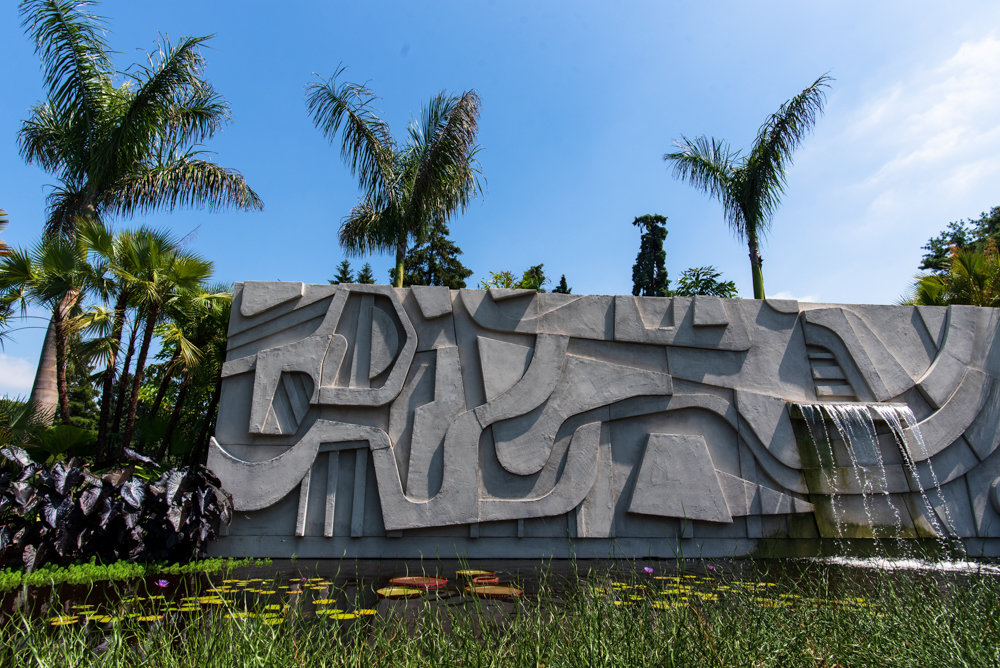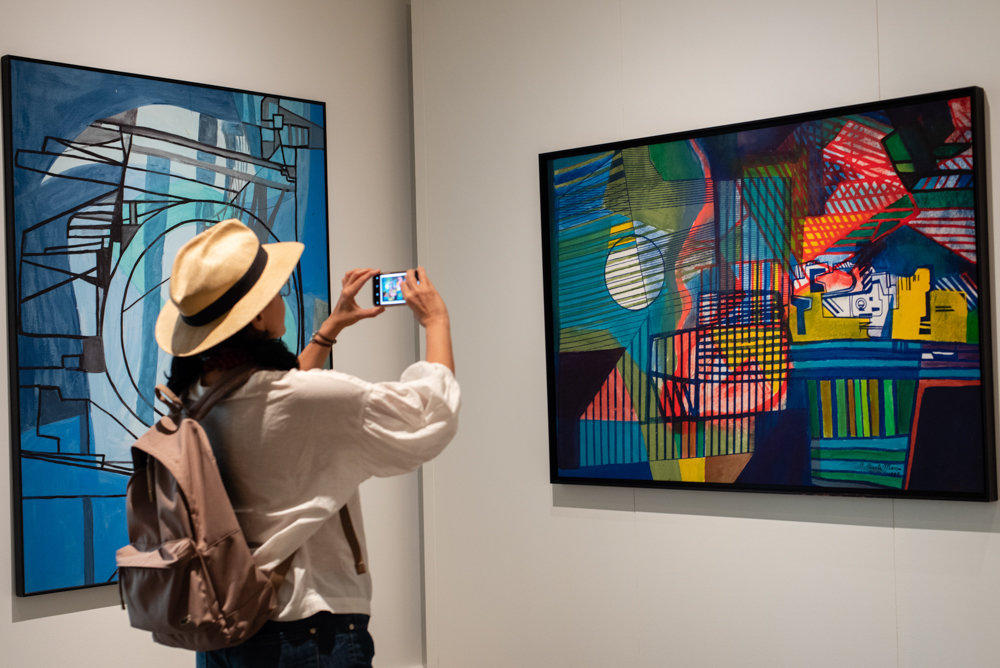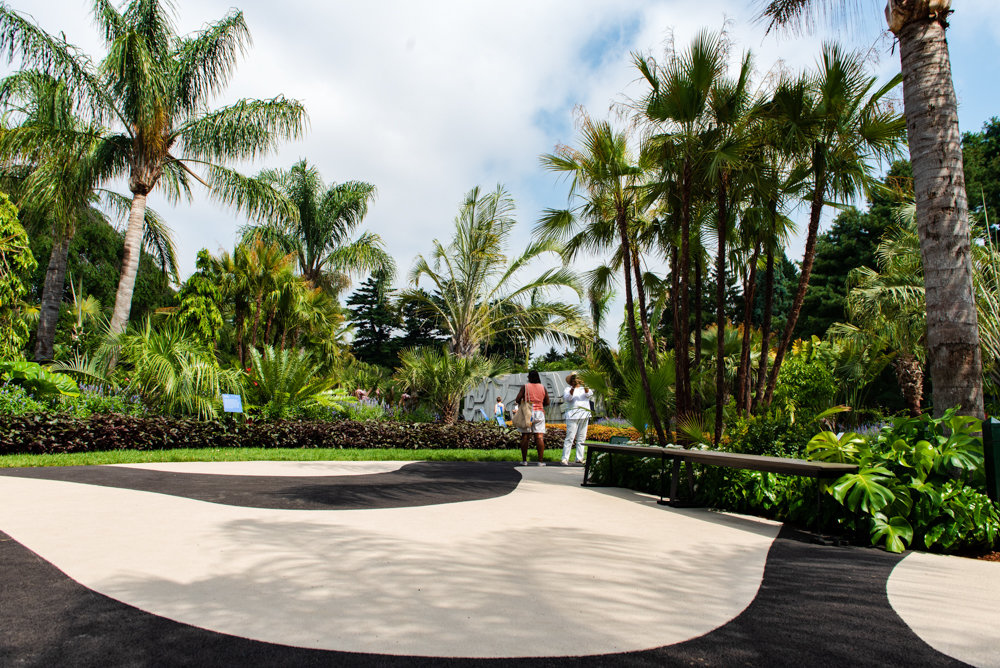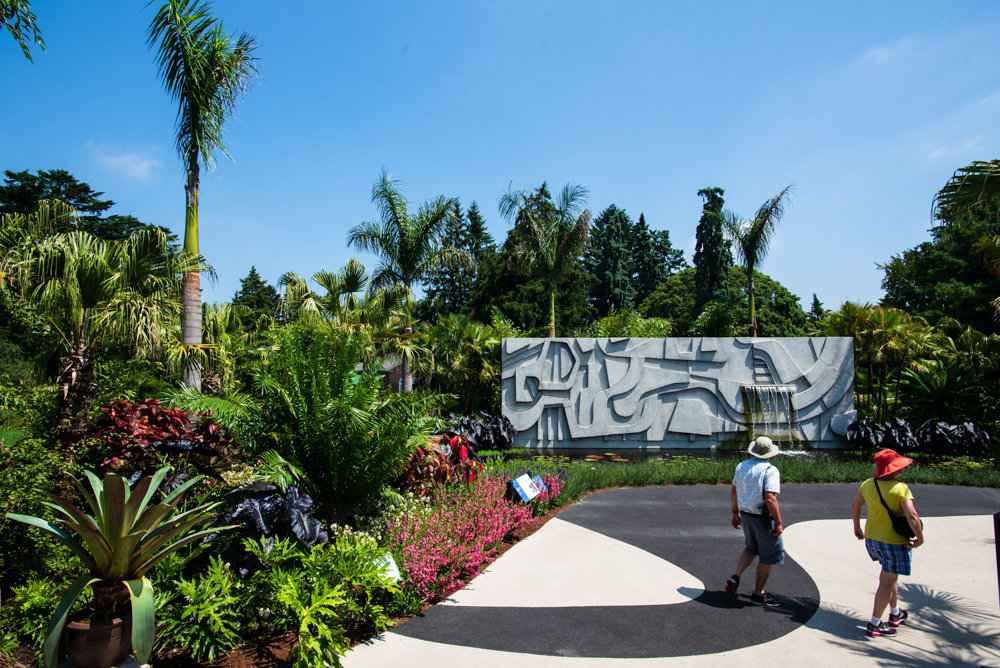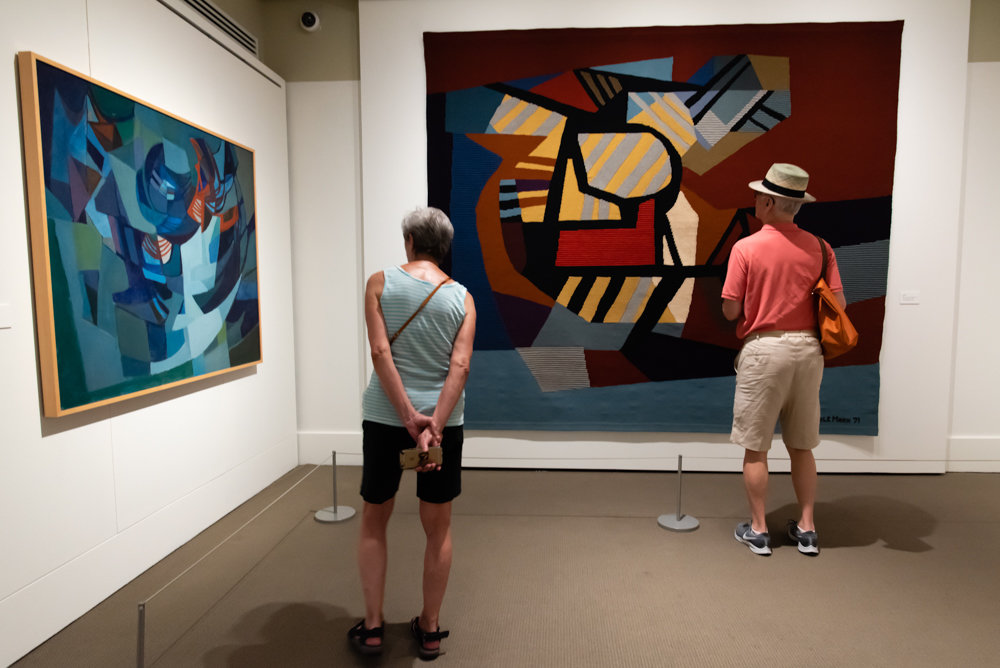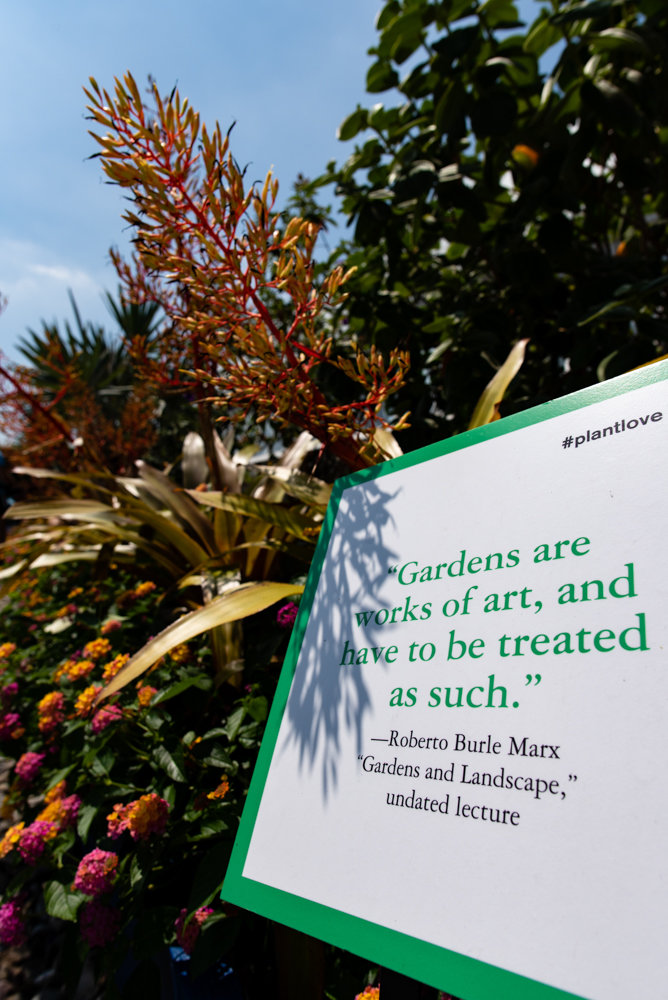A touch of Brazil ... in the Bronx
While it might be winter in Brazil right now, the New York Botanical Garden is bringing a bit of its South American heat to summertime in the Bronx.
The garden unveiled “Brazilian Modern: The Living Art of Roberto Burle Marx” in June to pay homage to Roberto Burle Marx, a Brazilian landscape architect and artist best known for his designs of parks and gardens in places like Rio de Janeiro.
The exhibition is the garden’s largest one to date and contains Burle Marx’s landscape designs, horticultural contributions and artistic work, all on display through Sept. 29.
Burle Marx, who died in 1994, had his work previously featured at the garden as part of a Brazilian orchid show designed by his protégé, Raymond Jungles, according to Victoria Lewis, the garden’s interpretive content manager through its exhibitions department.
In 2016, Lewis and the garden team began planning a show solely dedicated to Burle Marx’s work “to really give (him) his due with a much larger exhibition.”
“It’s just the perfect subject for what we try to do with our interdisciplinary exhibitions because Burle Marx did everything,” Lewis said.
The horticultural aspect of “Brazilian Modern,” known as the “Living Exhibition,” contains three venues — the Modernist Garden, Explorer’s Garden and Water Garden — that Jungles helped design to reflect Burle Marx’s style.
Each garden has its own theme and features some plants that Burle Marx either used in his work, discovered on Brazilian expeditions he went on when apprenticing for botanists, or were named in honor of him.
Burle Marx’s discoveries were so unique at the time that Lewis believes he had a hand in revolutionizing the landscape of horticulture.
“What makes Burle Marx so special as a horticulturalist was his championing of using native Brazilian plants and other South American plants in his gardens,” she said. “He was really the first one to do that beginning in the 1940s or so. Previously, gardeners in Brazil just wanted formal European-style gardens, but Burle Marx wanted to celebrate his native plants.”
Even though it took a while for people to have an appreciation for native plants as people do today, Lewis added, Burle Marx tried to teach people how to have that level of admiration and “used plants in his gardens just to sort of educate people about the beauty of Brazilian plants.”
Meanwhile, Burle Marx’s displayed artwork contains a range of offerings from paintings to a large tapestry at the garden’s LuEsther T. Mertz Library. When Lewis recently led a tour for some visitors, she realized just how different each of the works is from one another.
“It’s sort of surprising they even all came from the same person,” Lewis said. “But if you look closely, you can see the commonalities.”
Burle Marx’s “creativity knew no bounds” between his love for plants, art, and architecture, Lewis said, but he “liked to keep each of his different art forms separate.”
“It’s truly astonishing how much Burle Marx achieved in his lifetime and what an impact he made on the landscape and on our landscapes,” she said.
Throughout the last three years of planning “Brazilian Modern,” Lewis feels like working on this exhibition has taught her a lot more about Brazil and how there’s more to the country than just the Amazon rainforest.
“Brazil is mega diverse,” she said. “It’s one of the places in the world with the most variety of plants, and a huge number of those plants we only have in tiny parts of the country.
“So they’re in great peril as the forests are destroyed. The gravity of that never really struck me until I started getting into this.”
When it comes to how people can relate to Burle Marx’s work now at the botanical garden, Lewis thinks people “feel transported to Brazil” when they go to parts of the exhibition — like the Modernist Garden — and see the tropical plants.
“In a way, you can think of Burle Marx as a really contemporary artist creating immersive art installations,” she said. “He thought about everything, and he thought about the garden as a holistic experience. So once you’re inside the Living Exhibition, the rest of the world really seems to fade away.”
So far, most people Lewis interacts with have never heard of Burle Marx before the exhibition, so they’re thrilled to learn about his natural world impact. And as visitors stop by through the end of September, she hopes they keep an open and curious mind about Burle Marx.
“He was just such an incredible artist and scientist and person,” she said. “I think people leave just wanting to know more, and wishing they knew about Burle Marx earlier.”

